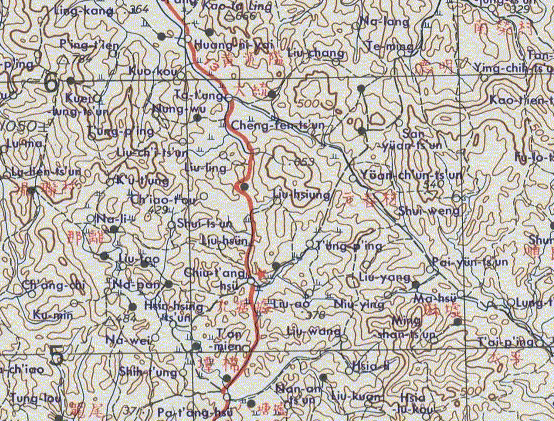Dates 18 Dec 1939 – 11 Jan 1940 Location Nanning, China | Result Chinese victory | |
 | ||
5,600 killed
11,000 injured
800 missing
6,416 other casualties
Total 23,816 casualties 4,000+ killed (including 85% of all officers)
4,000+ wounded
100 captured
Total 8,100+ casualties Combatants Japan, Empire of Japan, Republic of China Similar Second Sino‑Japanese War, Battle of Wuhan, Battle of Taierzhuang, Battle of Changsha, Battle of Xuzhou | ||
the battle of kunlun pass
The Battle of Kunlun Pass (simplified Chinese: 昆仑关战役; traditional Chinese: 崑崙關戰役; pinyin: Kūnlúnguān Zhànyì) was a series of struggles between the Japanese and the Chinese in contention for Kunlun Pass, a stragetically important position in Guangxi province, which the Imperial Japanese Army hoped to cut off aid through China from French-controlled Vietnam and resulted in a Chinese victory.
Contents
In this battle, the National Revolutionary Army used the largest recorded number of tanks in the Second Sino-Japanese War.
The battle
The Imperial Japanese Army launched a major offensive into Guangxi province. With the objective to cut off the Chinese supply route from French-controlled Vietnam, the elite Japanese 5th Division spearheaded the Japanese offensive. After occupying Nanning in November 1939, the Japanese captured the key point of Kunlun pass and threatened the Chinese rear base that protected Chungking, the wartime capital.
Realizing the danger of being isolated from the outside world and impossible to receive more aid if the Japanese troops were not repulsed, General Bai Chongxi—himself a native of Guangxi—asked the Nationalist Government for reinforcements. Chiang Kai-shek in turn dispatched the 5th Corps from Hunan province to fight the Japanese.
The 5th Corps was the most elite unit in the NRA, and it is also the only Chinese unit that had tanks and armored vehicles. Its soldiers were combat-hardened veterans from previous battles against the Japanese troops, and its soldiers' morale was high as a result. General Du Yuming, commander of the 5th Corps, dispatched two divisions to attack the Japanese-held Kunlun Pass. The New 22nd Division had cut off Japanese reinforcements from the rear and killed the Japanese commander, Major General Masao Nakamura.
The most elite unit of the Japanese 5th Division—the 21st Brigade — was close to be wiped out in the battle, being surrounded and headquarters overrun by Chinese. Japanese army has resorted to airdropping supplies in order to save the bulk of the troops. The Brigade had also participated in the Russo-Japanese War, and it was nicknamed the "unbreakable sword". Before Major General Nakamura's death, he admitted in his diary that the Chinese soldiers' fighting ability had surpassed the Russians whom the Brigade encountered in Manchuria. This campaign was the first major victory of the Chinese army since the Battle of Wuhan.
